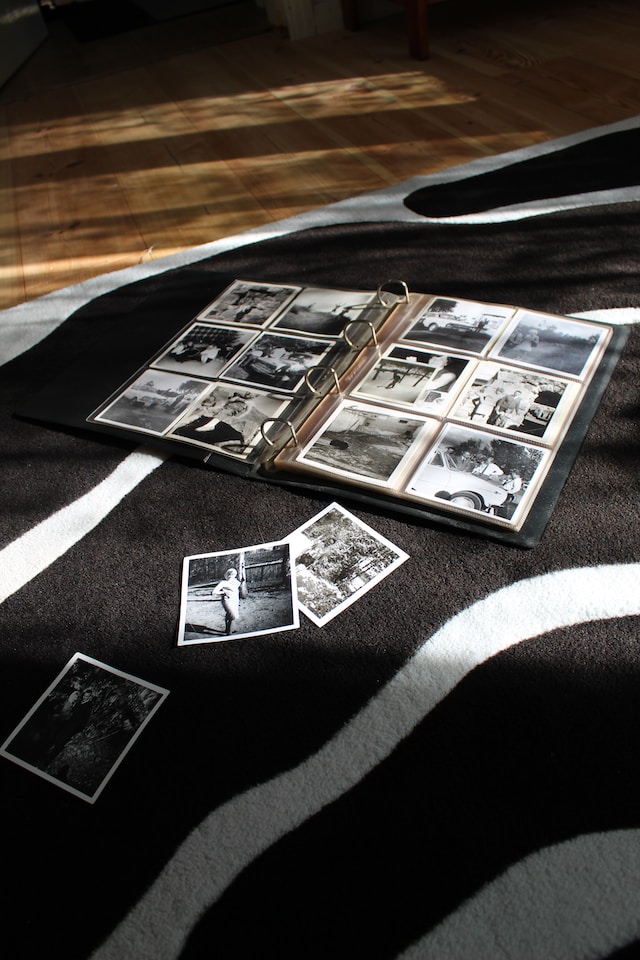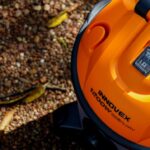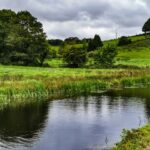
5 Essential Tips for Tracing Your Native American Ancestry
If you have Native American ancestry, tracing it back can be a rewarding and satisfying journey. But it can also be a challenging one. Identifying your ancestors’ tribe can be significantly challenging if they didn’t register with their tribal community or didn’t claim a heritage. You can start unlocking doors to parts of your family history that you might not even be aware exist by inputting some basic personal information.
It might be challenging to trace our Native American origin because there have been many instances throughout history where records have either been lost or never existed in the first place. If you’re unsure where to start, here are some basic strategies to help you determine whether you have Indian ancestry. You’ll want to follow a similar approach to research as you would for any ethnic group: Build your family tree, starting with yourself.
Documentation
Tribal records, BIA documents, and other sources of Native American documentation are vital to tracing your Native American ancestry. Many families have handed down stories about Native American ancestors, but they’re not always accompanied by reliable documentation that can be used to prove their claims.
Genetic Testing
DNA tests that match Native American haplogroups can reveal your ancestry in more detail than the basic autosomal test. These include Y-DNA, passed from father to son; mtDNA, which fits your mother’s DNA; and a pyrosequencing test, which analyzes your genome for known haplogroups.
Regional libraries and historical societies are also good places to start for information on tribes in an area. These libraries often have an extensive collection of tribal records and can also help you locate specialized genealogical periodicals that cover the region where your ancestors lived.
Tribal members are often buried in cemeteries, and their names can be found in records arranged by the tribe. Suppose your ancestor was a member of a federally recognized tribe. In that case, you might be able to trace their lineage by looking at their tribal membership records or by asking for assistance from the tribe’s tribal council. There are more than 560 tribes with federal recognition, so it’s essential to verify your ancestor’s tribal membership.
There are several DNA tests available that can help you trace your Native American ancestry. Some offer autosomal DNA testing, while others focus on YDNA or mtDNA.
While some of these tests can be helpful, they are only sometimes accurate or comprehensive enough to provide you with a complete understanding of your ancestry. The only way to determine your ancestry is to trace your family tree back through multiple generations.
As with any other genetic test, you must be clear about what you are looking for before starting the process. You should also be aware that DNA will not be able to tell you which tribes are your closest ties, nor will it guarantee tribal enrollment.
If you are unsure which tribe you might be related to, it is best to consult an expert. Rather than trying to identify your ancestry, spend it learning more about the history of Native American tribes and their present-day challenges. This can help you find ways to become an ally and advocate for Native American communities.
Research Your Tribes
When tracing your Native American heritage and ancestry, it’s essential to research the tribe or tribes your ancestor belonged to. Not only can this help you determine the best way to search for records, but it can also help you identify historical moments and events that impacted your ancestors and their tribes.
The US government made extensive efforts to document Indian tribes from the 1880s, making them one of the most extensively written ethnic groups in the post-Civil War period. These records may include tribal enrollment office records, tribal histories, and recorded oral histories. Some tribes compiled little documentation, while others created an extensive collection available today.
Talk to Your Relatives
When tracing your Native American ancestry, talking to your relatives is essential. They may have information leading you to your earliest American Indian ancestor. Ask them to tell you their family stories about the tribes they think your ancestors were from.
Then, document the details you hear and collect all the records you can find. Often, family members will give you specific names, dates, places, and tribal affiliations, which you can use to help you work backward in your family tree.
If a relative has passed away, heirship proceedings are available through the Bureau of Indian Affairs (BIA). These cases contain extensive oral histories of family members and can yield clues to your American Indian ancestor.
You can also look at your DNA matches to see who shares a Native American segment on their DNA. You can then determine whether they are related to you on that segment and whether their Native American ancestry is similar to yours.
Document Your Findings
Tracing your Native American ancestry can be difficult. As with other ethnic groups, historical prejudices and a lack of documentation can make finding proof of your lineage hard.
But there are ways to make it easier and more rewarding for you to trace your Native American ancestry. Documenting what you learn will help guide your research and make it more likely to turn up the details you need.
These documents will give you a more accurate picture of your ancestors’ backgrounds, which can be especially useful if you don’t know their date of birth or death.
Look for Documents
If you’re looking for an ancestor who lived with a tribe, you can often find records that can help you trace their family. These documents may be found in archives and research facilities.
Another necessary document type is the tribal enrollment office record, which will provide information about the people you’re researching. You can find these records through your ancestor’s tribal office or online.
Other tribal records include historical periodicals, church and cemetery records, school records, diaries, maps, and ledgers. You can search state, regional, and local archives or historical society libraries for tribal records.
There are several DNA tests available that can help you trace your Native American ancestry. Some offer autosomal DNA testing, while others focus on YDNA or mtDNA.
While some of these tests can be helpful, they are only sometimes accurate or comprehensive enough to provide you with a complete understanding of your ancestry. The only way to determine your ancestry is to trace your family tree back through multiple generations.
As with any other genetic test, you must be clear about what you are looking for before starting the process. You should also be aware that DNA will not be able to tell you which tribes are your closest ties, nor will it guarantee tribal enrollment.
If you are unsure which tribe you might be related to, it is best to consult an expert. Rather than trying to identify your ancestry, spend it learning more about the history of Native American tribes and their present-day challenges. This can help you find ways to become an ally and advocate for Native American communities.


















